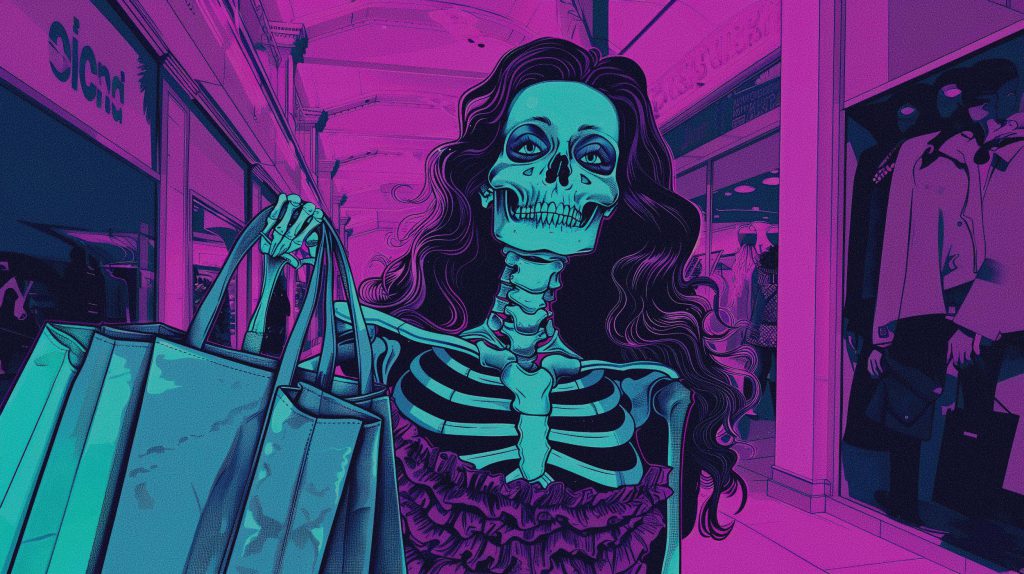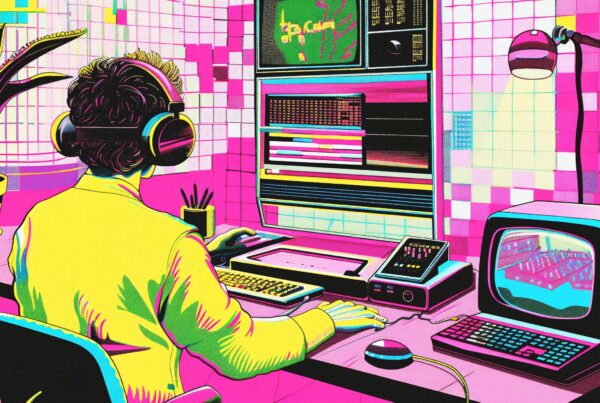In a world saturated with content, aesthetics are no longer just a “nice to have”—they’re a strategic imperative. Whether you’re running a Fortune 500 company or launching a scrappy startup, how your brand looks can make or break its success. The psychology of aesthetics isn’t just about pretty colors or sleek fonts; it’s about how humans instinctively respond to visual cues. Good design builds trust. Bad design? It screams “amateur hour.” Let’s dive into why aesthetics matter so much in marketing—and what happens when you get them wrong.
The Psychology Behind Aesthetics in Marketing
Humans are visual creatures. Our brains process visuals 60,000 times faster than text, and we form first impressions within milliseconds. This means the look and feel of your brand—your color palette, typography, layout, and imagery—are the first things potential customers notice. Before they read a single word of copy, they’ve already judged your brand’s credibility, professionalism, and value. This is the foundation of aesthetic psychology: design communicates before language does.
Aesthetics tap into emotional and cognitive responses. Certain colors evoke specific feelings—blue for trust, red for urgency, green for growth. Fonts can feel modern or traditional, playful or serious. Layouts either guide the eye intuitively or create chaos. When aesthetics align with brand messaging, they create a subconscious harmony that makes people feel comfortable and confident in engaging with your product or service. This isn’t fluff—it’s neuroscience.
Marketers who understand this psychological dynamic use design to influence behavior. They know that a well-designed website or ad doesn’t just “look good”—it converts better, retains attention longer, and leaves a lasting impression. Aesthetic psychology is the silent salesman working behind the scenes, subtly nudging consumers toward action. Ignore it, and you’re leaving money—and credibility—on the table.
How Good Aesthetics Build Trust and Credibility
Trust isn’t just earned through words—it’s felt through visuals. When a brand presents itself with clean, cohesive, and intentional aesthetics, it signals to the audience that they care about the details. And if they care about the details in design, they’re probably meticulous in their service or product delivery too. Good design is a proxy for quality, reliability, and professionalism.
Excellence in aesthetics communicates that a brand has invested time, thought, and resources into its identity. This investment isn’t lost on consumers. People instinctively trust brands that look polished and modern. Think Apple, Airbnb, or Nike—brands that understand the power of design to convey excellence. Their visuals aren’t just attractive; they reinforce the idea that these companies are leaders in their space.
Professionalism is often judged by consistency. A brand that uses the same fonts, colors, and tone across all touchpoints—from website to packaging to social media—comes off as intentional and trustworthy. It shows that the brand knows who it is and what it stands for. In contrast, inconsistency creates doubt. If the visuals are all over the place, what else might be? Good aesthetics align perception with promise—and in marketing, perception is often everything.
The Risks of Poor Design: Perception of Low Quality
Bad design doesn’t just look bad—it damages your brand. Sloppy visuals, outdated fonts, clashing colors, and inconsistent branding scream “unprofessional” louder than any negative review ever could. When people see cheap or chaotic design, their brain equates it with cheap or chaotic products. It’s not fair, but it’s real. Aesthetics play a crucial role in the snap judgements consumers make about your credibility.
Poor aesthetics give off what I call “Mickey Mouse vibes”—not in the Disney sense, but in the “this looks like someone’s cousin made it in PowerPoint” sense. It feels amateur, rushed, and untrustworthy. Consumers might not articulate it this way, but they’ll bounce off your website, ignore your ad, or scroll past your Instagram post because something just doesn’t feel right. That “gut feeling” is their brain reacting to bad design.
Tackiness is the silent killer of brand equity. You could have the best product in the world, but if your design looks like it belongs in a 2003 MySpace layout, no one’s going to take you seriously. Worse, bad design makes it harder for your message to be heard. Cluttered layouts and poor typography distract from your CTA. Inconsistent branding confuses your audience. Simply put, bad aesthetics create friction—and in marketing, friction kills conversions.
Design is not just decoration—it’s communication. In marketing, aesthetics are the first language your brand speaks, and they tell your audience whether you’re trustworthy, competent, and worth their time. Good aesthetics build confidence and elevate your brand to a level of perceived excellence. Bad aesthetics? They undermine everything you’re trying to do, making your brand feel cheap, confused, or worse—irrelevant. So if you’re still treating design as an afterthought, it’s time to rethink your strategy. Because in the psychology of marketing, how you look is often how you’re judged.































